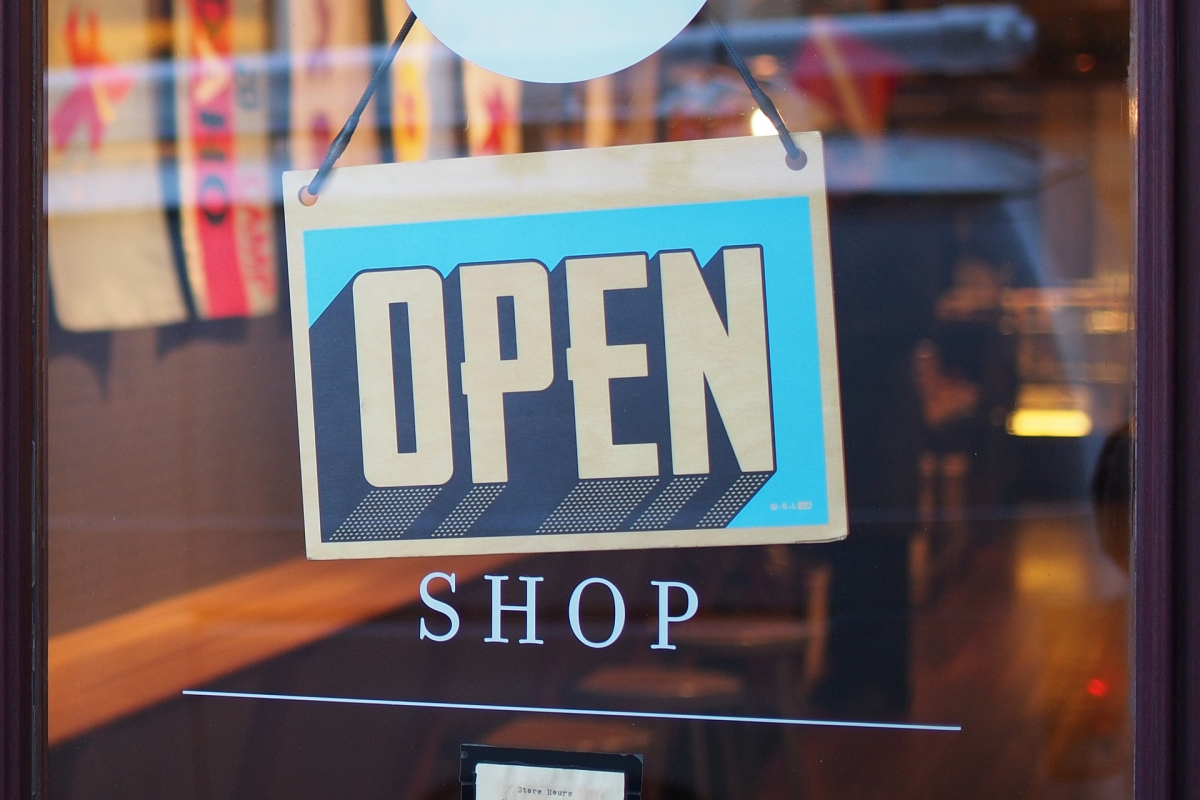Shopping centres: What do customers think?
In the Corona years, many centre owners had to look after their tenants first and foremost. Now, at last, shoppers are flocking in again. Especially now, customer response analyses make sense because many things are in a state of upheaval. Here are some survey results.
Finally: In the last quarter of 2022, the frequencies in many shopping centres were back - or at least almost back - to pre-Corona levels. This is a good time to focus more on the customers and visitors, because ultimately they decide on the economic success of the centre. On-site customer or face-to-face surveys help to identify their needs and preferences. Customer response analyses can, for example, measure the acceptance and success of building measures that have been carried out in the meantime or changes in the tenant and sector mix, or provide information on the further development of the centres (lack of offers/tenants, ambience and quality of stay, advertising activities, parking fees, etc.). Information on the demographic characteristics of the customers, sound knowledge of the catchment area or even the knowledge of which product ranges are mainly in demand or missing provide important insights into sensible advertising measures and events as well as the orientation and supplementation of the offer.
bulwiengesa has again conducted various customer surveys in inner-city centres in 2022. The latest results indicate that
- local supply offers (groceries, drugstore goods) are gaining in importance;
- more visitors are coming on foot or by public transport (this does not apply to decentralised locations), meaning that, especially in the case of centres in city district locations, the ranges have tended to shrink and the focus on local supply has increased;
- online retailing as an important "competitor" has now also arrived among older customers and is being used;
- the trend towards home offices is putting pressure on food courts in centrally located centres;
- a change in the demand for services has taken place and an increased diversification of the overall offer is appreciated and used.
Many shopping centres have already reacted to the latter trend. For example, there are hardly any shoe and key services left, many alteration tailors or tanning salons have closed, and bank branches have been replaced by self-service outlets. On the other hand, the number of nail salons in particular has increased significantly, and post offices and other parcel services as well as parcel boxes are becoming frequency drivers. Logistics services, citizen services and public and therapeutic facilities contribute to the revitalisation and anchoring of a centre in the catchment area.
Shopping centres have to continuously adapt to changing market requirements. The Corona pandemic, but also online trade, which has been growing strongly for some time now, have changed the retail landscape. Recent developments are a major challenge for centre operators and centre management: High inflation affects consumer sentiment, but also shopping centre tenants, who are increasingly confronted with higher rents from rent indexation. Against this background, too, it is important to obtain in-depth knowledge of customer and visitor behaviour and to find out their opinions and wishes.
Contact: Andrea Back-Ihrig, Partner and Authorised Signatory, back@bulwiengesa.de and Andreas Gustafsson, Partner, gustafsson@bulwiengesa.de
You might also be interested in
For our magazine, we have summarized relevant topics, often based on our studies, analyses and projects, and prepared them in a reader-friendly way. This guarantees a quick overview of the latest news from the real estate industry.




